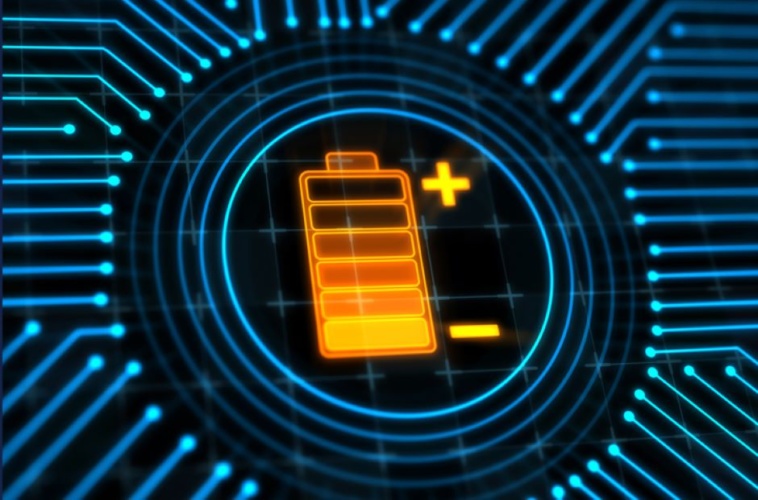MRI pinpoints interactions within sodium ion batteries
Sustainable and cost-effective sodium ion batteries could reach market sooner following the use of magnetic resonance imaging to observe battery chemistry inside the rechargeable cells.

Research led by Birmingham University developed the MRI technique to detect the movement and deposition of sodium metal ions within a sodium battery.
MORE FROM ENERGY & ENVIRONMENT
According to the team, sodium-ion batteries are advantageous in terms of cost and sustainability compared to lithium ion batteries. They also provide high energy density and could be ‘particularly useful for short distance transportation and stationary storage’.
The challenges associated with the development of sodium-ion batteries include the development of appropriate anode materials and the identification of optimised electrolytes.
The team, led by Dr Melanie Britton in Birmingham University’s School of Chemistry, has developed the technique along with researchers from Nottingham University that uses MRI to monitor how sodium performs under reaction conditions.
In a statement Dr Britton said: “Because the battery is a sealed cell, when it goes wrong it can be hard to see what the fault is. Taking the battery apart introduces internal changes that make it hard to see what the original flaw was or where it occurred.
Register now to continue reading
Thanks for visiting The Engineer. You’ve now reached your monthly limit of news stories. Register for free to unlock unlimited access to all of our news coverage, as well as premium content including opinion, in-depth features and special reports.
Benefits of registering
-
In-depth insights and coverage of key emerging trends
-
Unrestricted access to special reports throughout the year
-
Daily technology news delivered straight to your inbox










Water Sector Talent Exodus Could Cripple The Sector
Maybe if things are essential for the running of a country and we want to pay a fair price we should be running these utilities on a not for profit...